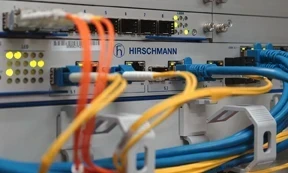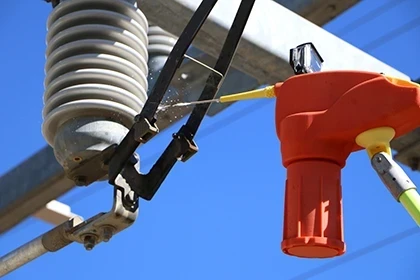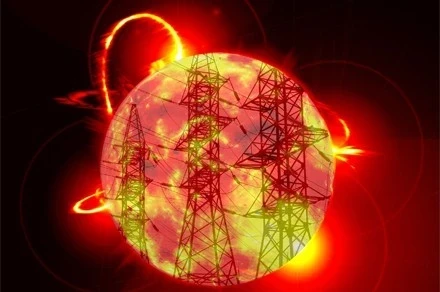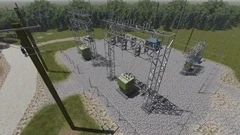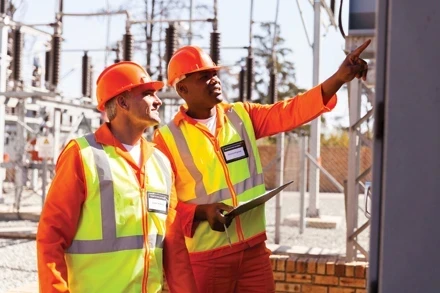The Fight Against Animal-Caused Power Outages

Every day across North America, animals enter electrical substations in search of warmth, food, shelter, or simply out of curiosity. What often begins as routine wildlife behaviour can escalate quickly into serious grid reliability issues. In many service territories, wildlife intrusion is now the leading cause of unplanned outages, surpassing storms, vegetation contact, and equipment failure. According to data cited by the American Public Power Association, animal-related incidents account for more outages than any other single cause.
The financial impact of a single substation outage is substantial. Even a brief interruption can result in tens of thousands of dollars in direct costs, including damaged equipment, emergency crew deployment, and lost labor hours. When high-voltage components are involved, replacement timelines and repair complexity can extend outages further, compounding costs. Across the industry, annual utility spending to recover from animal-related incidents is estimated in the billions of dollars. These figures do not include indirect losses such as disrupted commercial activity, reduced industrial productivity, reputational damage, or customer dissatisfaction.
Given these realities, utilities continue to ask a critical question. How do you reliably deter animals from following their natural instincts into energized infrastructure without relying on constant maintenance or reactive repairs?
Patented Fencing Designs
Patented fencing systems designed specifically for substations address the problem at its root. Rather than attempting to protect individual components one at a time, perimeter-based solutions stop animals before they ever reach live equipment.
In 2015, former National Security Agency Deputy Director John C. Inglis made headlines when he stated that squirrels posed a greater threat to the U.S. electrical grid than terrorism or cyberattacks. While the comment was partly tongue-in-cheek, the underlying risk assessment was serious. As power demand increases and wildlife habitats continue to shrink, animal contact with electrical infrastructure has only become more frequent.
Utilities have tried a wide range of deterrence methods over the years. These include insulating bushings, installing line guards, applying anti-climb coatings, deploying decoy predators, and modifying equipment layouts. While some of these approaches temporarily reduce risk, most require ongoing inspection and replacement. Animals adapt quickly, and once a path into a substation is discovered, it is often reused repeatedly. As one APPA representative noted in The Washington Post, animals are not only intelligent, they are persistent.
Proper Animal Mitigation
Fencing works because it addresses animal behaviour rather than reacting to individual incidents. Climbing animals such as squirrels and raccoons rely heavily on spatial memory. They memorize routes, landmarks, and access points across large territories spanning several acres. Once an animal successfully enters a substation, it is likely to return using the same approach. A properly designed fence interrupts that learned pathway entirely, preventing access at the perimeter rather than attempting to manage risk inside the yard.
Unlike traditional chain-link fencing, animal-deterrent fence systems are engineered to eliminate climbing leverage, gripping surfaces, and footholds. By removing the physical cues animals rely on to scale barriers, the fence effectively re-trains their behaviour. Over time, animals abandon the site altogether and redirect activity elsewhere, reducing repeat incidents without harming wildlife.
For utilities focused on reliability, safety, and long-term cost control, this shift from reactive mitigation to proactive exclusion represents a fundamental change in substation protection strategy. Instead of chasing outages after they occur, perimeter-based animal deterrence helps prevent them from happening in the first place.
Read full article in the Substation Technologies Special Edition 2022

